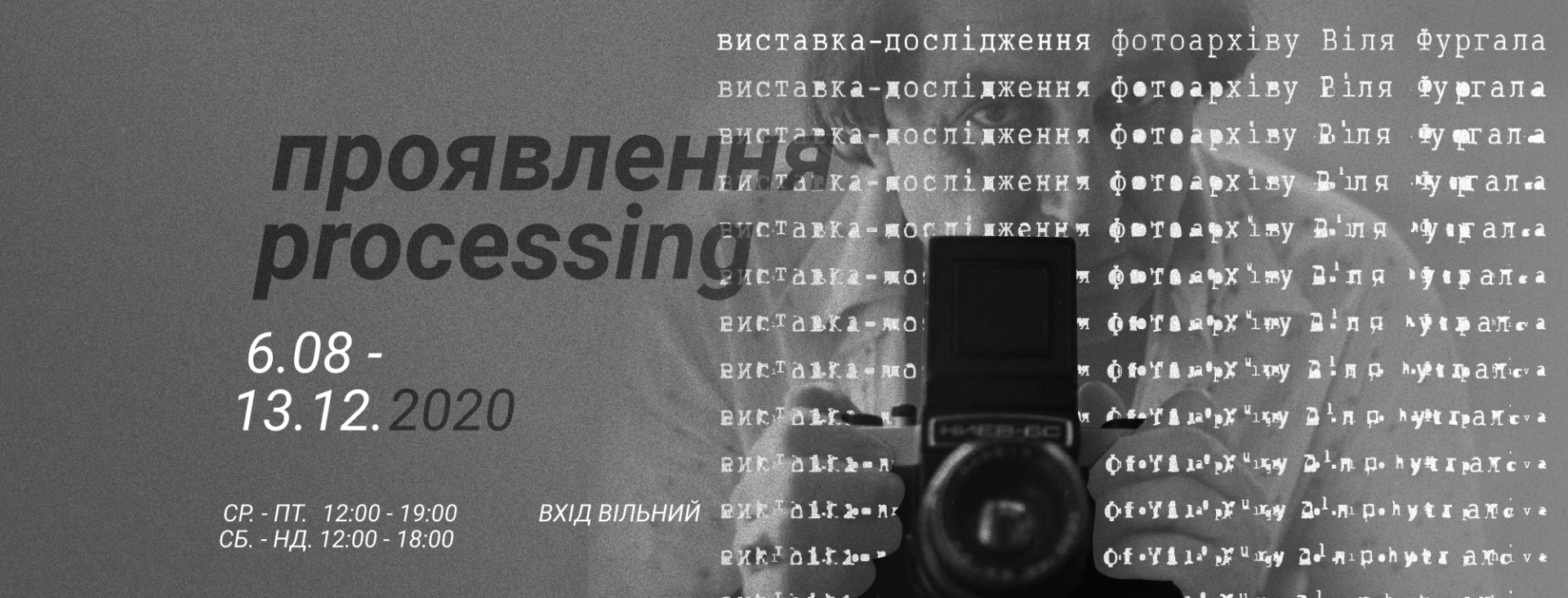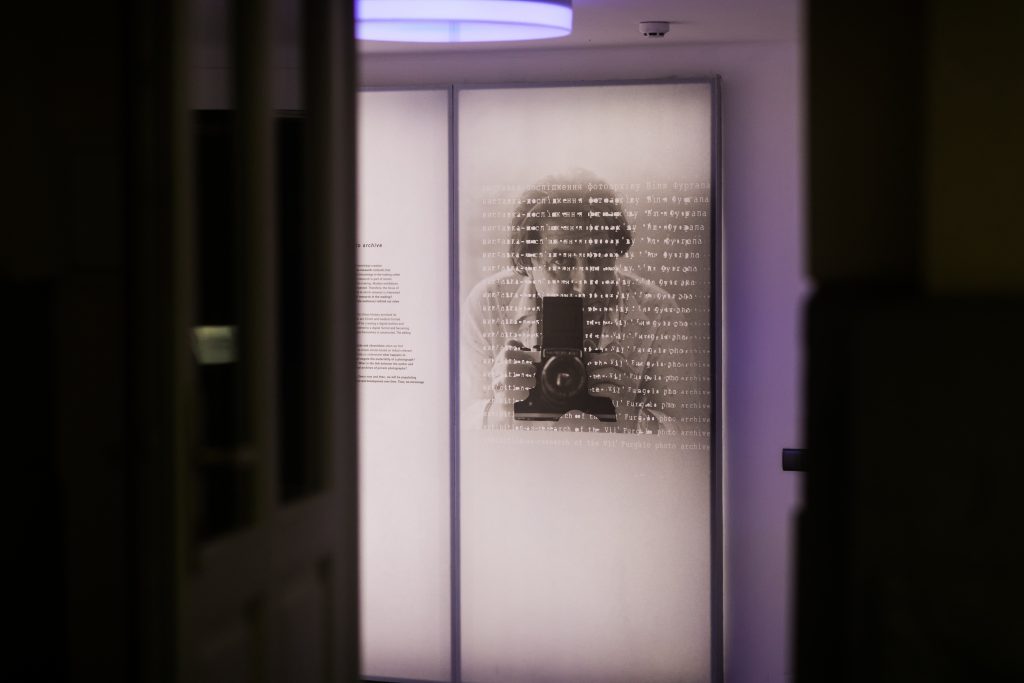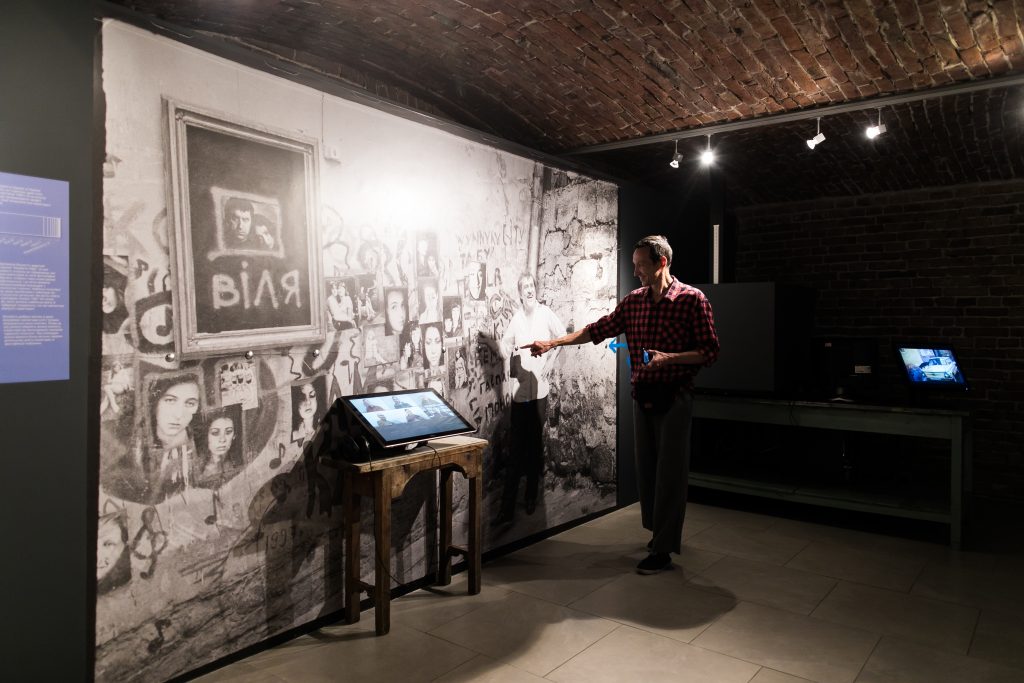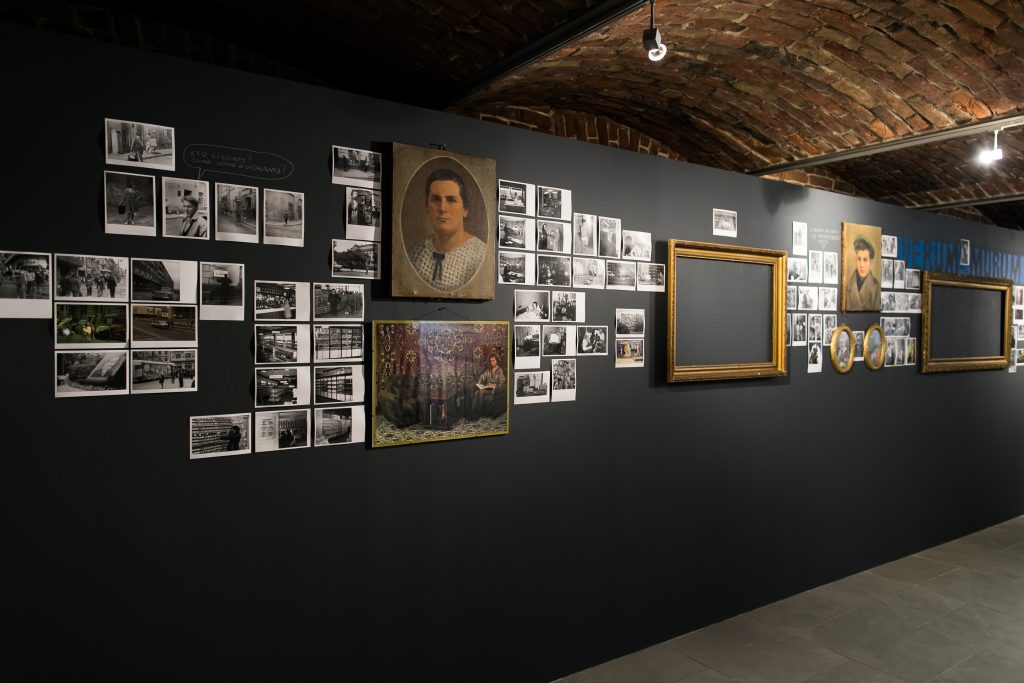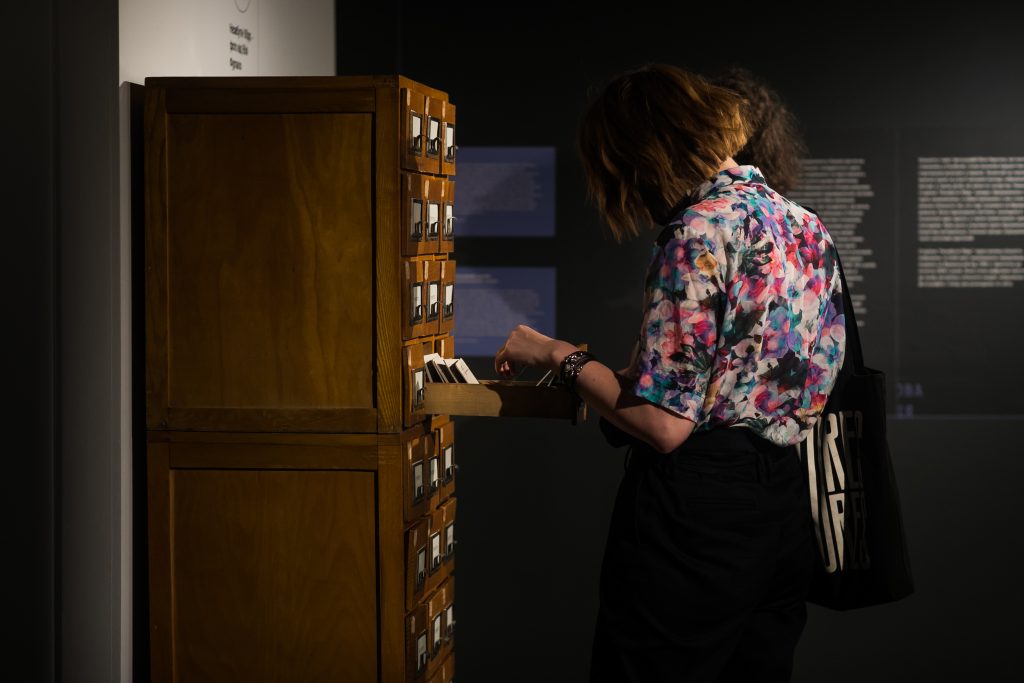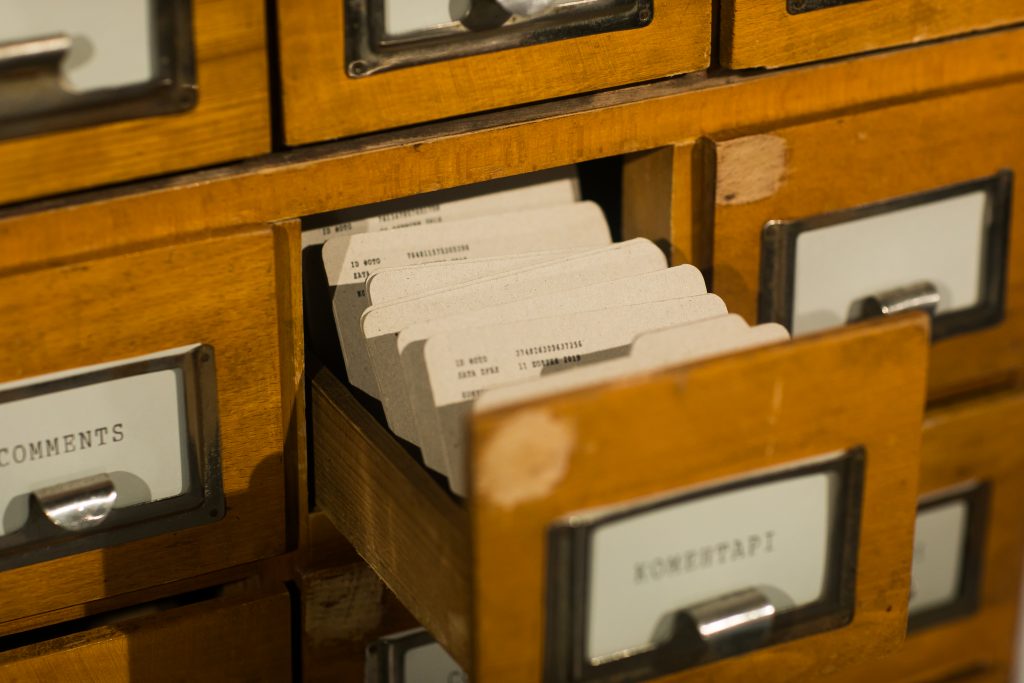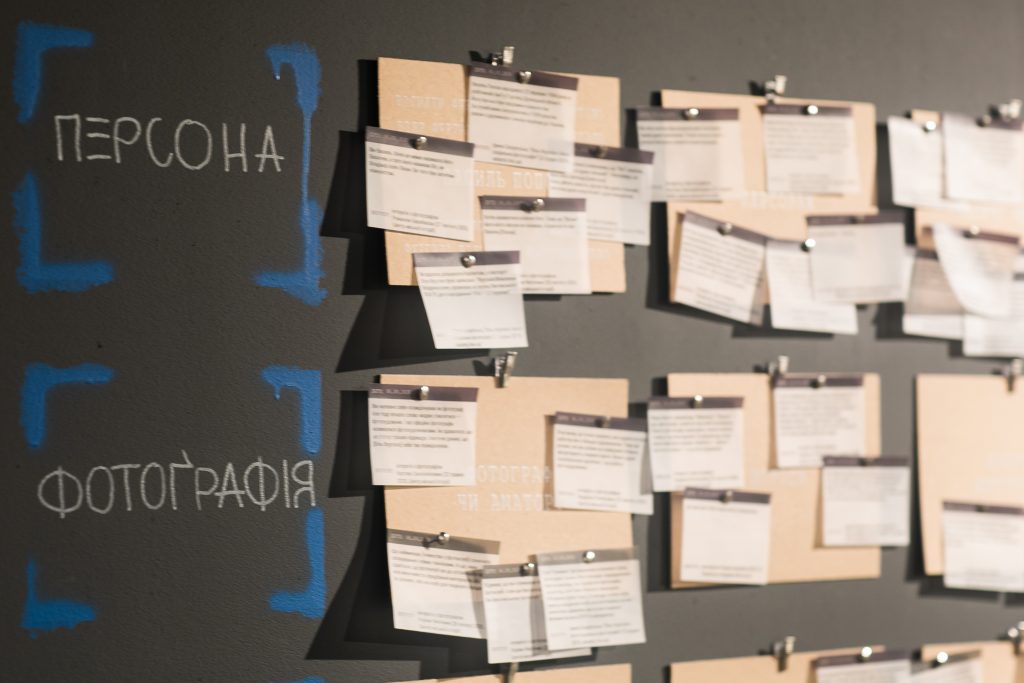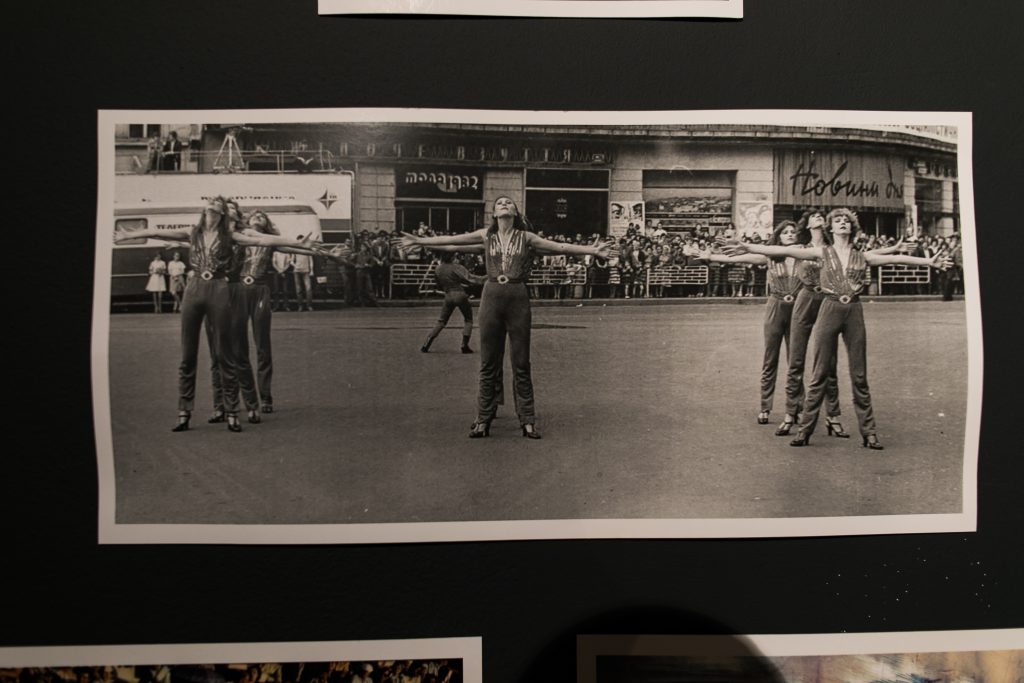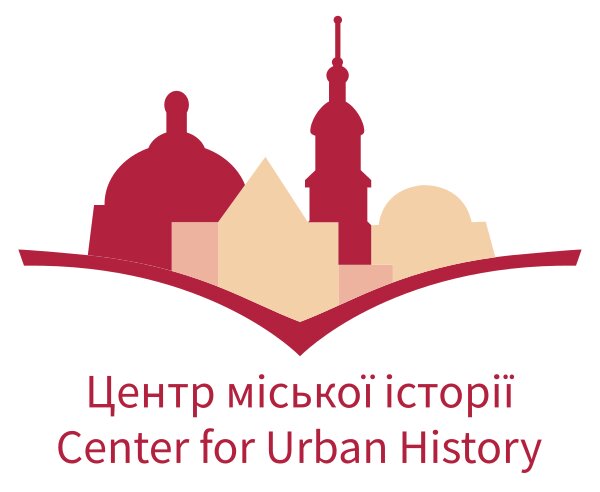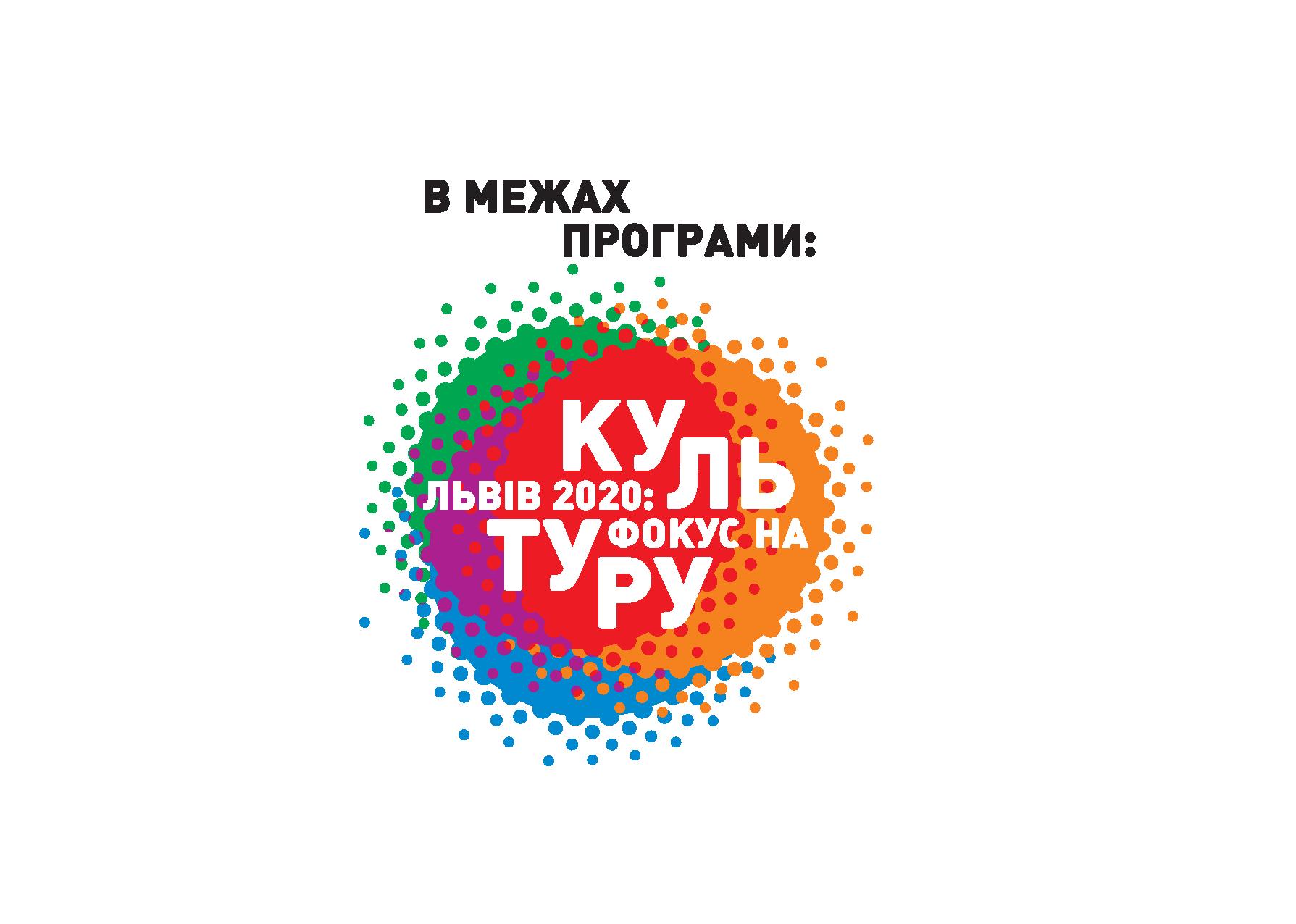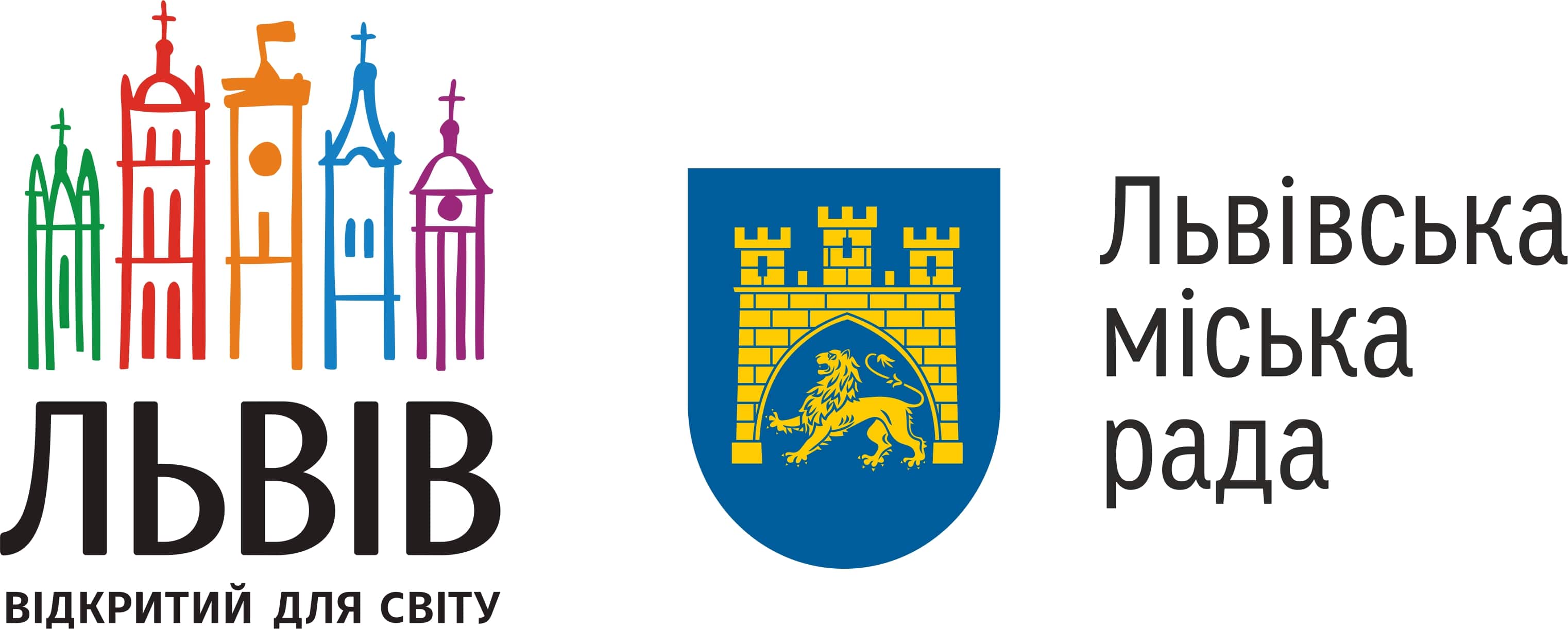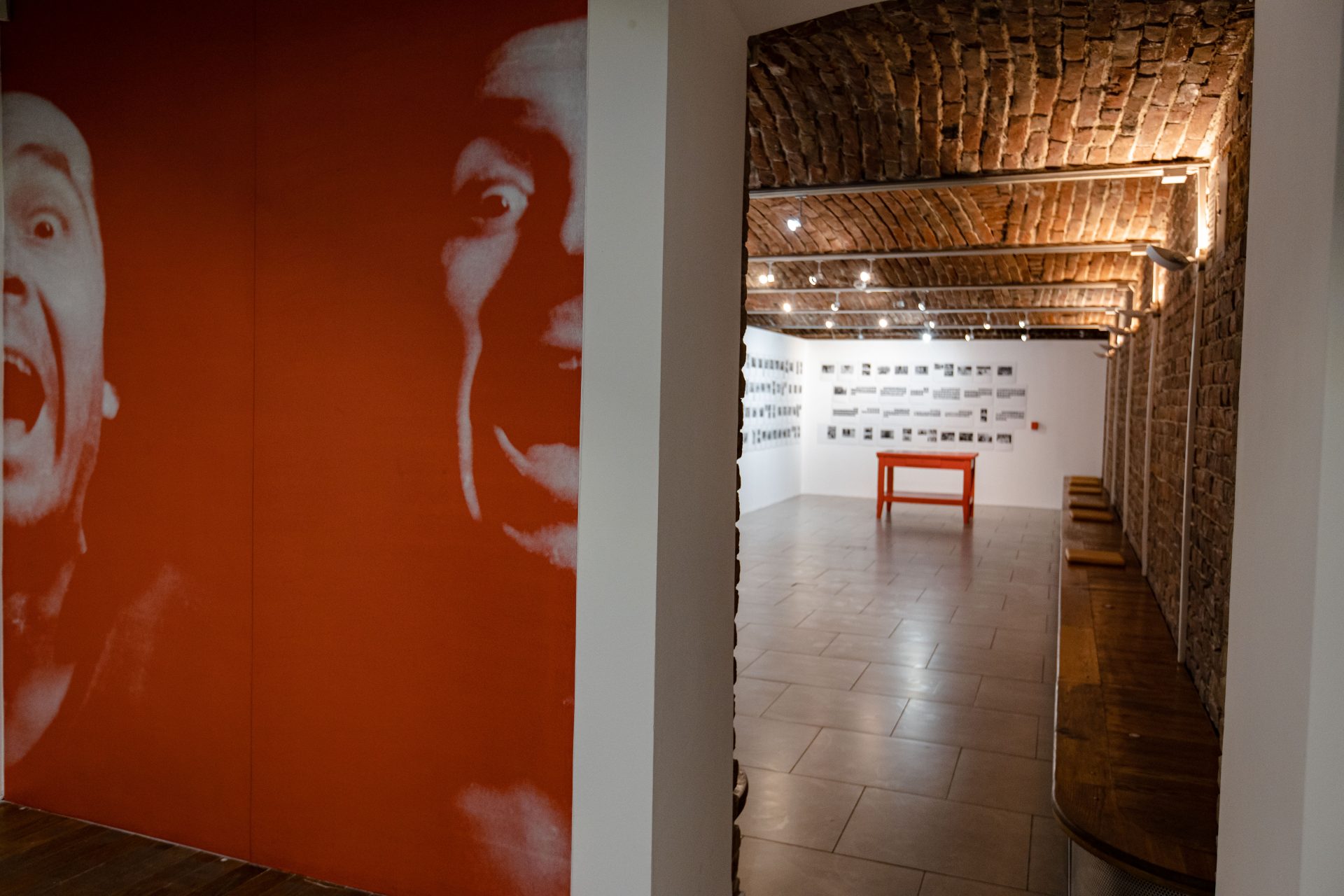processing. exhibition-as-research of the Vil' Furgalo photo archive
August - December 2020
Center's Exhibition Hall
An exhibition is usually the result and presentation of some research, but can that research and knowledge-creation process itself become an object of representation at an exhibition?
The concept of exhibitions-as-research contends that museums would be more attractive to both researchers and audiences if we consider exhibitions as knowledge-in-the-making rather than platforms for disseminating already established insights. The emergence of exhibitions-as-research is part of recent developments within museological materiality theories and participatory approaches to exhibition-making. Modern exhibitions reflect the continuous changes in the understanding of what knowledge is and how it can be presented. Therefore, the focus of this exhibition – processing – is on the research process in which we as curators are engaged and to which whoever is interested may join.
This project raises important questions: How can we exhibit something that is still research in the making? Which concepts of knowledge apply to such a format? And how do we (both the authors and the audience) rethink our roles within such a project?
The main object and actor of the exhibition is the Vil' Furgalo photo archive. In 2019, the Center for Urban History enriched its collection with ten thousand negatives that are part of the photographer's legacy. Most of these are 35mm and medium format negatives preserved by his friends, Ihor Nikitin and Andriy Poliakov. During the exhibition, we will be creating a digital archive and co-observing the transfer of the private legacy to the institution. We will see negatives being converted to a digital format and becoming an archive. We will gain an insight into how our knowledge about the author, photography, and images themselves is constructed. The editing of the existing Wikipedia page for Vil' Furgalo will illustrate the knowledge generation process.
We opted for two approaches to researching the Vil' Furgalo photo archive. We will act as archivists and chroniclers when we find historical sources and construct facts. We will don the cap of interpreters when we use the latter to create stories based on today's relevant issues and interests. During this exhibition, we will be looking for answers to questions that will help us understand what happens to a photograph when it moves "from the film to a digital format." Does the digital environment negate the materiality of a photograph? How is the value of photography created, and what is the role of an archive in this process? What is the link between the author and his archive? How does our perception of the past change through engagement in institutional archives of private photographs?
Our exposition will be changing continuously, and we hope to co-create it with its visitors. Every now and then, we will be populating the exhibition with new data indicating the date of addition. This will allow us to track down its pace and development over time. Thus, we encourage each and every one of you to leave your comments in specially designated places.
The exhibition was and is being made by:
Curatorial team: Oleksandr Makhanets, Viktoriia Panas, Bohdan Shumylovych
- Vlodko Kostyrko, artist, designer
- Oleksandra Davydenko, graphic designer
- Sofia Dyak, Olha Zarechnyuk, Taras Nazaruk, Natalia Otrishchenko, Iryna Sklokina, consultancy
- Maryana Mazurak, communication support
- Tetiana Fedoruk, financial support
- Oleksandr Dmytriiev, Zoriana Slyusarchuk, technical support
- Regina Zheleznyakova, digitization and mediation
- Iryna Kovalchuk, Roman Khimei, RADAR Films, video art
- Olha Povoroznyk, video
- Mariia Kozak, Danylo Yankovskyi, Olha Bereza, Natalia Markevych, assistance with processing materials
- Maryna Kurushyna, literary editing
- Olha Tyshkovets, translation
- Oleksandr Koshovskyi, assembly and exhibition stand set-up
- SiteGist, programming
We are grateful for the cooperation of Ihor Nikitin, Andriy Poliakov, and Roman Barabakh.
The exhibition is being implemented within the project Going Out to the City: the Lviv Street and Artistic Practices of the Early and Late 20th Century supported by the Lviv City Administration and the Focus on Culture program.
Credits
Cover Image: Oleksandra Davydenko
Gallery Image: Bohdan Yemets, Iryna Sereda
